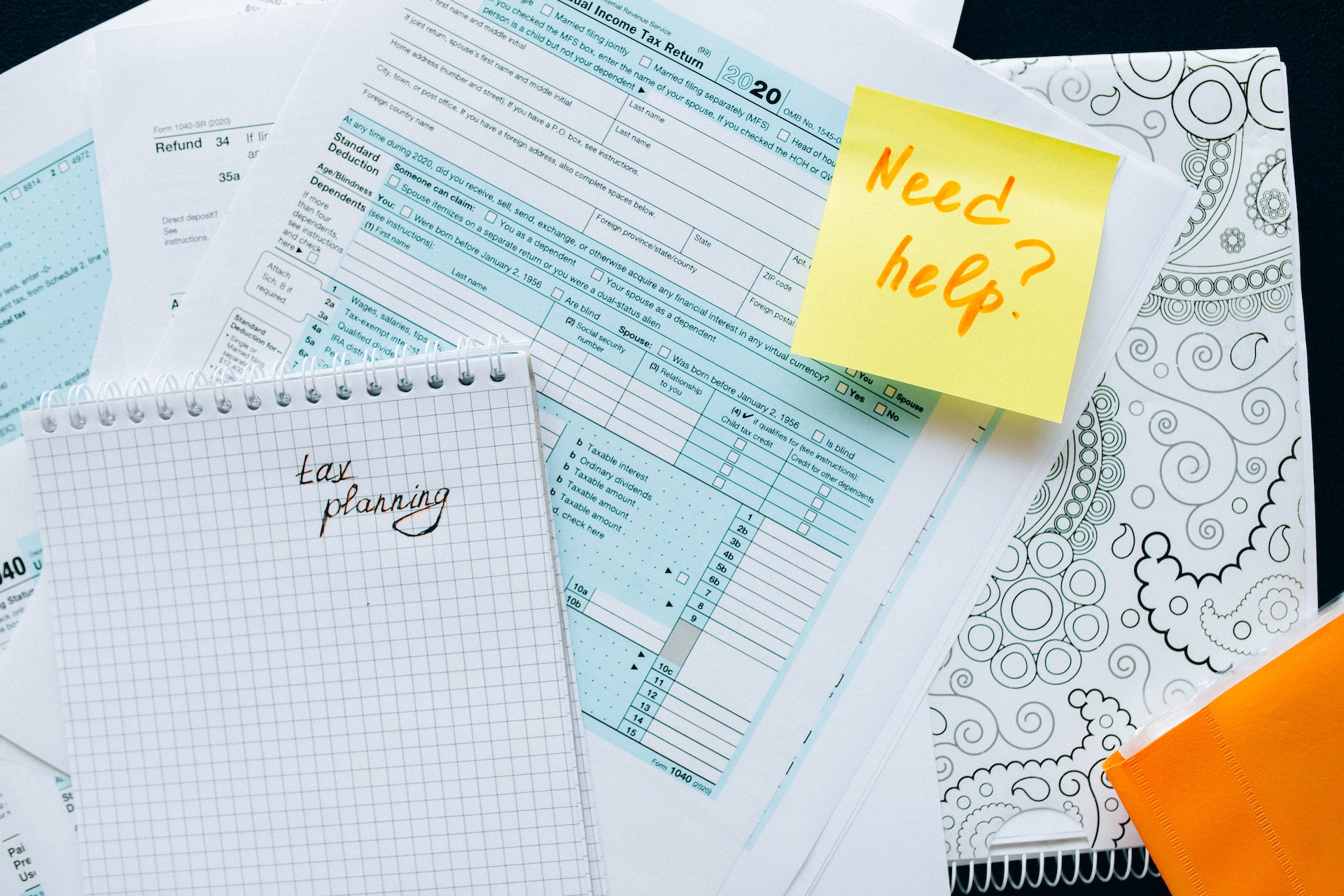Why This Is Important
When you are planning a tax-efficient exchange that will accomplish your goals, debt is often a critical piece of the puzzle. The terms “leverage” and “LTV” are used to describe amounts of debts on properties you sell or properties you buy in an exchange.
Leverage Basics
When we talk about leverage in real estate, we aren’t trying to move the world. “Leverage” simply means that you borrow money to fund part of the purchase price of a property. For example, if you want to buy a property that is selling for $1,000,000 and you have only $500,000, you will need to leverage your purchase. While this is the definition, in real estate, many people say “leverage” when they really mean “Loan to Value” or “LTV.”
LTV Basics
“Loan to Value” or “LTV” is the ratio of debt to value that a property has. It is expressed as a percentage, indicating how much of the property’s value is in relationship to the loan. To get LTV, you divide the loan on a property by the value of the property. If you want to find the value, the place to look depends on whether you are buying or selling. If you are buying, the value is the amount you will pay for the property. If you are selling, the value is the net sale price, i.e. the sale price minus selling expenses like commissions and insurance. An example of a calculated LTV is shown below:
Loan on Property $100,000
Value of Property $500,000
LTV 20%
Using LTV
When you are planning an exchange, it is important to understand LTV for a couple of reasons. If the property you are selling has a loan, knowing the LTV will help you find replacement properties that won’t create tax problems. In order to have an exchange that is not taxable, you must buy a property equal or greater in value than the property you sell. If the property you sell has a 20% LTV, as in the example above, then you must buy a property with at least a 20% LTV. (Another option is to add cash instead of having a loan but generally people get a loan.)
If the property or properties you buy have a larger LTV, this creates a trade-up in basis. A trade-up in basis creates additional tax deductions through more depreciation and, sometimes, cost segregation. In the example below, the investor increases their LTV from 20% to 50%. As a result, the investor has $300,000 more basis, which will shelter their income with additional depreciation.
Net Sale Price $500,000
Debt (20% LTV) $100,000
Cash Received $400,000
Cash Reinvested $400,000
New Debt (50% LTV) $400,000
New Property
Purchase Price $800,000
Minus Net Sale Price $500,000
Trade-up in Basis $300,000
Conclusion
Understanding what leverage and LTV are and how they can be used will help you plan smart exchanges that will accomplish your goals. It will also help you make informed decisions. Case in point: last year, I had a client who didn’t tell me he was doing an exchange. The property he sold had an LTV of 35%. The new property had no loan. Nobody would want his tax bill. Another investor in a high tax bracket missed out on more than $500,000 in tax deductions, which would have saved him $150,000 in tax. This was because the property he sold had no debt, and he bought mostly properties with no debt.
So give your referral partner listed above a call. Let us help you plan an exchange that will accomplish your goals, not the IRS’s.














